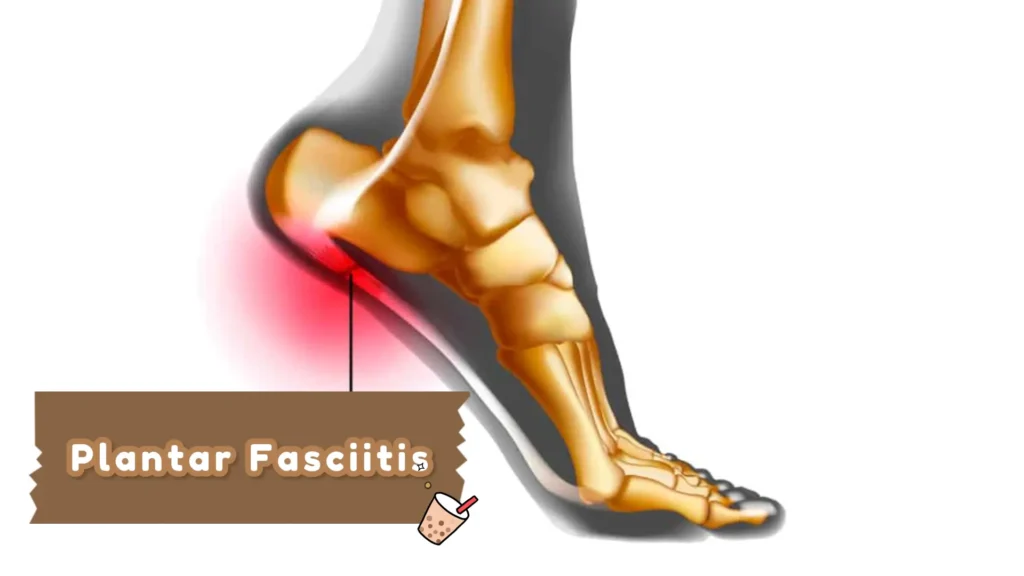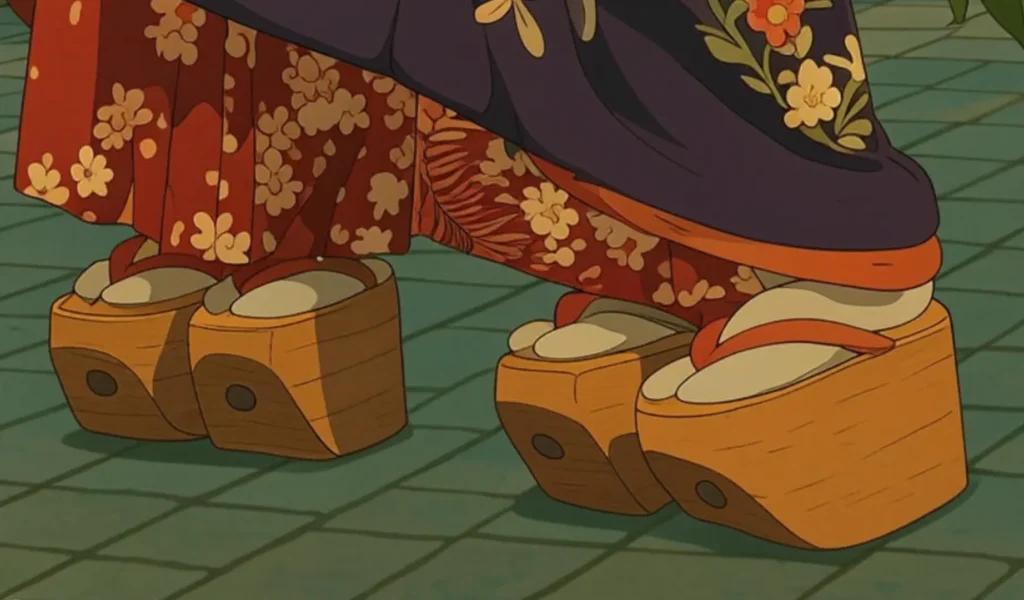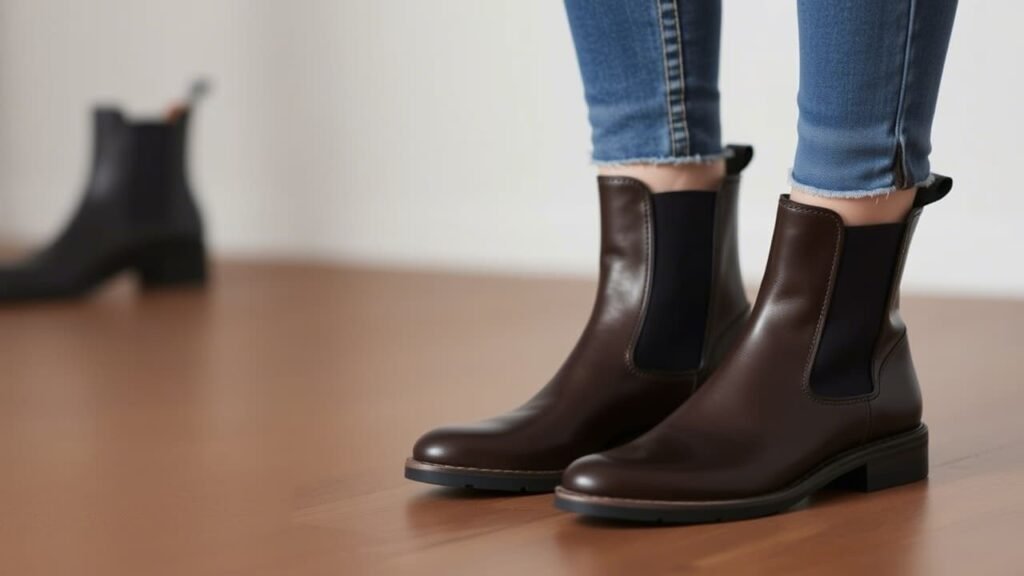Plantar fasciitis is a common foot condition affects millions of people worldwide. It causes sharp heel pain and discomfort. This condition is triggered by overuse of improper footwear.
One of the effective ways to manage plantar fasciitis is by wearing the right shoes. This article explores the key features to look for and highlights top recommendations based on expert insights, user feedback, and current research.
Understanding Plantar Fasciitis and Footwear’s Role
Plantar fascia acts like a shock-absorbing bowstring. When it’s overstressed, it can develop micro-tears, leading to inflammation and pain in the heel.
According to podiatrists, footwear plays a critical role in both preventing and alleviating this pain by providing proper support and alignment.
Research shows that shoes with specific features can significantly reduce strain on the plantar fascia.
Key Features to Look for in Shoes for Plantar Fasciitis
When shopping for shoes to manage plantar fasciitis, it’s essential to prioritize features that address the root causes of the condition. The right footwear can act as both a preventive measure and a therapeutic tool. They support your feet through daily activities.
Arch Support
Plantar fascia runs along the bottom of your foot, supporting the arch. When this tissue is inflamed, inadequate arch support can worsen the strain. This leads to persistent heel pain.
Proper arch support helps distribute your body weight evenly across the foot. This is helpful to reduce pressure on the heel.
Seek shoes with a contoured footbed or built-in arch support that matches your foot type. Some shoes come with firm arch support into midsoles, while others offer removable insoles with room for custom orthotics prescribed by a podiatrist.
Cushioning
Every step sends impact forces through your feet. Without proper cushioning, this shock can aggravate an already irritated plantar fascia. Cushioned shoes soften these impacts.
Focus on shoes with responsive midsoles made from EVA foam, gel, and proprietary technologies. Heel cushioning is particularly crucial. Look for extra padding or gel inserts in that area. The Hoka Bondi 8, for instance, boasts a plush heel stack height of over 30 mm for maximum shock absorption.
Heel Drop
Heel-to-toe drop refers to the height difference between the heel and forefoot. A moderate drop (typically 8-12 mm) shifts your weight slightly forward. This reduces tension on the heel and the Achilles tendon, which is often tight in plantar fasciitis sufferers.
Too low a drop (e.g., 0-4 mm) can overstretch the plantar fascia, while too high a drop (above 12 mm) may strain the forefoot.
Stability
Overpronation puts extra stress on the plantar fascia. Shoes with stability features counteract this motion. This is especially important for those with flat feet and weak arches.
Opt for shoes with a firm midsole, a deep heel cup to cradle the heel, and technologies like medial posts. The Asics Gel-Venture 9, for example, uses a sturdy midsole to prevent excessive rolling.
Twist the shoe gently—it shouldn’t feel floppy. A slight resistance indicates good torsional stability.
Fit
A poor fit lead to friction, pressure points, and inadequate support. All of which worsen plantar fasciitis. Tight shoes squeeze the foot, while loose shoes allow sliding. A proper fit ensures comfort.
Choose shoes with a snug heel to prevent slippage, a wide toe box for natural toe splay, and enough room to wiggle your toes.
Try shoes on later in the day when feet are slightly swollen, and wear the socks and orthotics you plan to use.
Flexibility
Flexibility affects how much your foot bends with each step. Too much flexibility forces the plantar fascia to work harder. Too much flexible shoes increase strain. Overly rigid shoes feel restrictive and uncomfortable. The ideal shoe offers a sweet spot.
Look for shoes with a mild rocker-bottom design to promote a smooth heel-to-toe transition. Avoid ultra-flexible minimalist shoes unless prescribed by a specialist.
Bend the shoe at the midfoot. It should flex slightly but resist folding in half. Excessive bending signals insufficient support.
Top Shoe Recommendations for Plantar Fasciitis in 2025
Selecting the right shoe for plantar fasciitis involves balancing your lifestyle. Here are some standout shoes for plantar fasciitis. Each recommendation is evaluated for its unique strengths, and technical features.
Best Overall Walking Shoe – Brooks Adrenaline GTS 23
Brooks Adrenaline GTS 23 consistently ranks at the top of footwear lists for its exceptional blend of cushioning, and support. Its 12 mm heel-to-toe drop shifts weight forward to ease heel strain. The innovative GuideRails system gently corrects overpronation.
DNA LOFT foam midsole, made from a mix of EVA foam, rubber, and air, delivers plush cushioning. The segmented crash pad enhances smooth transitions from heel to toe.
Best for Maximum Cushioning – Hoka Bondi 8
Hoka Bondi 8 is a standout for its maximalist design. It offers unparalleled cushioning that feels like “walking on clouds.”
Despite its lower 4 mm heel-to-toe drop, the thick midsole (over 30 mm in the heel) and extended heel geometry reduce impact and promote a rolling stride. This is ideal for offloading plantar fascia stress.
A wide platform enhances stability, and its lightweight construction defies its bulky appearance. It’s earned the American Podiatric Medical Association (APMA) Seal of Acceptance for promoting foot health.
Best Running Shoe – Asics Gel-Venture 9
Asics Gel-Venture 9 is a trail-ready running shoe that doubles as a plantar fasciitis savior. It combines gel cushioning in the heel and forefoot for impact protection with a firm midsole for arch support.
The deep heel cup locks the foot in place, minimizing lateral movement. The aggressive lug outsole provides traction on varied terrain. Its moderate 10 mm drop balances heel relief with a natural stride.
Best for Wide Feet – Orthofeet Coral Stretch Knit
Engineered with foot conditions in mind, Orthofeet Coral Stretch Knit offers a tailored solution for plantar fasciitis sufferers with wide feet. Its stretchy knit upper adapts to foot shape. This reduces pressure points, while the multilayered foam midsole and anatomical arch support cradle the foot.
A cushioned heel pad targets pain directly, and its APMA approval underscores its therapeutic design.
Best for Everyday Wear – New Balance Fresh Foam X 880v14
New Balance Fresh Foam X 880v14 is a versatile daily driver. IT blends soft Fresh Foam cushioning with a supportive midsole to stabilize the foot. Its 10 mm drop and structured arch support reduce plantar fascia strain. Its engineered mesh upper ensures breathability. Available in multiple widths, it’s a go-to for varied foot shapes and casual aesthetics.
Best Recovery Sandal – Oofos OOahh Slide
Oofos OOahh Slide redefines recovery footwear with its OOfoam technology. It absorbs 37% more impact than standard materials. Its contoured footbed cradles the arch, and the gentle rocker shape promotes a natural gait. It’s a post-workout essential. Unlike flimsy flip-flops, it provides structure without rigidity.
Finding the best shoes for plantar fasciitis is a personal journey. It depends on your foot shape, activity level, and pain severity. With the right footwear, you can step confidently toward a pain-free life.




